- the paper presents a new method to apply strokes to lines in a GPU-friendly way
- presents how to lower filled and stroked Bézier paths into an Euler spiral as an intermediate representation
- tests and shows the performance of the implementation on CPU and GPUs
- video and code have been released
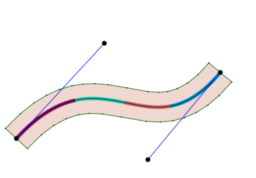
- the presentation recording discusses the development of the Vulkan ecosystem
- how LunarG came to deliver the Vulkan SDK, the history of the developments, and ecosystem overview
- presents a look into the development approach, improvements, and how it worked in practice

- the presentation covers the current state of OpenPBR and the state of integration into MaterialX
- updates on the state of support in tools
- additionally provides a look at the upcoming developments
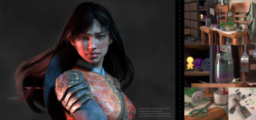
- the paper presents a concurrent binary tree (CBT) for adaptive triangulations of arbitrary (half-edge) meshes
- shows how to use a CBT as a memory management construct
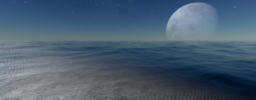
- the paper presents an approach to BVH construction based on the parallel locally- ordered clustering approach (PLOC) and PLOC++
- shows how to implement the algorithm in a single kernel launch
- explains a method to convert the binary BVH into wide BVHs where each parent can have an N number of child nodes
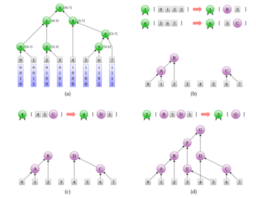
- the paper presents a block-compressed geometry format
- explains the data packing applied, what can be encoded, and how to compress it
- presents memory comparisons against existing solutions
- additionally shows how hardware support with ray-tracing BVH builds might reduce memory consumption

- the blog post provides an overview of generating a procedural world
- discusses how biomes, terrain, grass, and flowers are placed
- additionally shows how they turned the flat world into a sphere
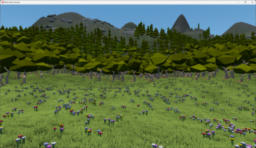
- This paper provides a deep dive into Disney’s Hyperion Renderer’s many-lights sampling system
- presents how it caches and interpolates light sampling distributions at points throughout space
- Presents how the approach allows the incorporation of learned visibility estimates into light sampling distributions

- the paper presents a voxel scene processing model that allows on-demand production of data during rendering
- presents how to overlap the work to reduce synchronization and starvation issues
- shows a way to visualize the execution of GPU cores on a dynamic timeline

- AMD released a tool to help measure input to screen latency on Windows
- users can specify a region to watch for changes; if a simulated mouse event triggers a change in this region, it calculates the latency and records for later analyses
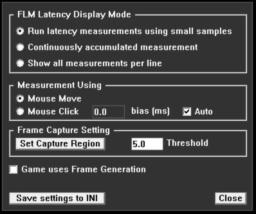
- the blog post provides an overview of the author’s implementation of Screen Space Indirect Lighting with Visibility Bitmask
- presents an overview of the technique, discussing tradeoffs of the implementation
- shows the results in-engine in a test scene and shows the shader implementation in GLSL
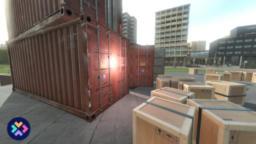
- the video tutorial provides an overview of the normal mapping technique
- explains the limitations of vertex and interpolated vertex lighting
- followed by an explanation of how normal maps allow additional information and how to generate this required data
- finally, it provides a detailed discussion of the implementation steps using OpenGL/GLSL
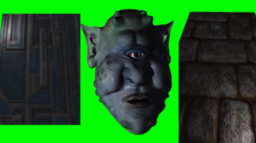
Thanks to Jhon Adams for support of this series.
Would you like to see your name here too? Become a Patreon of this series.